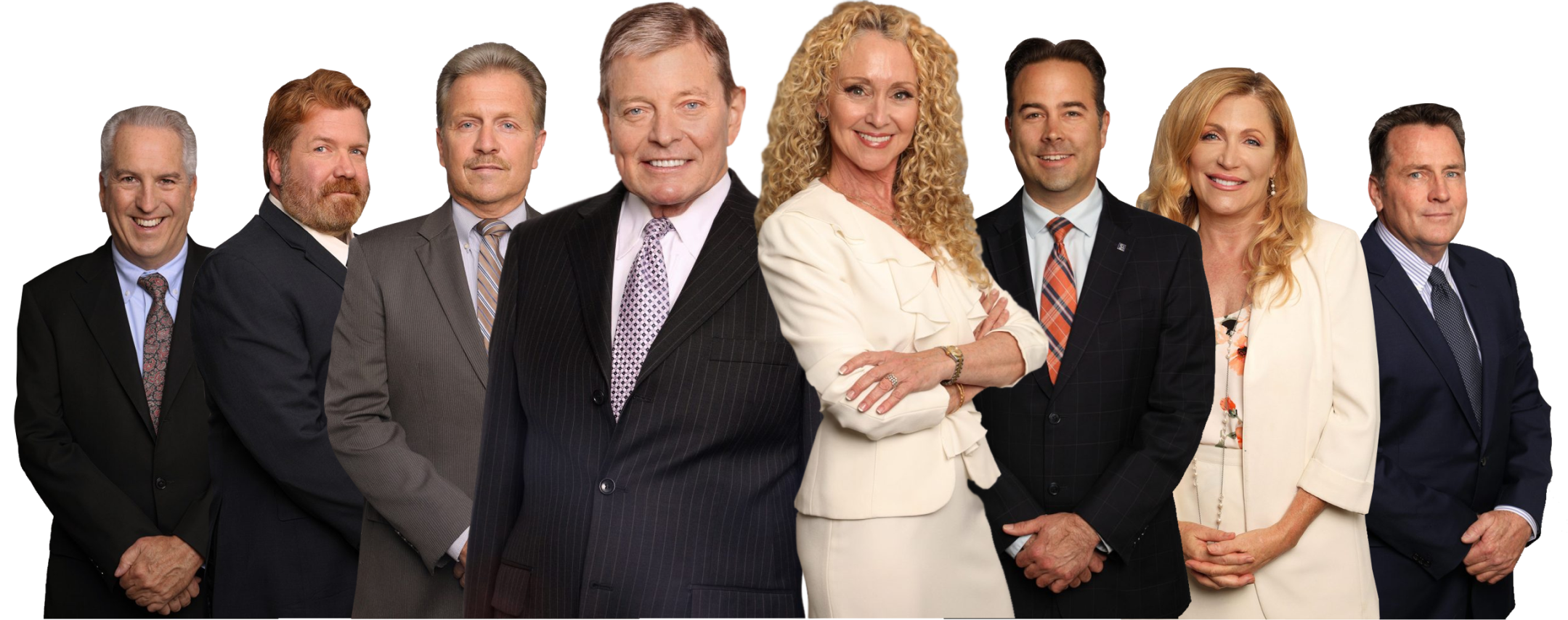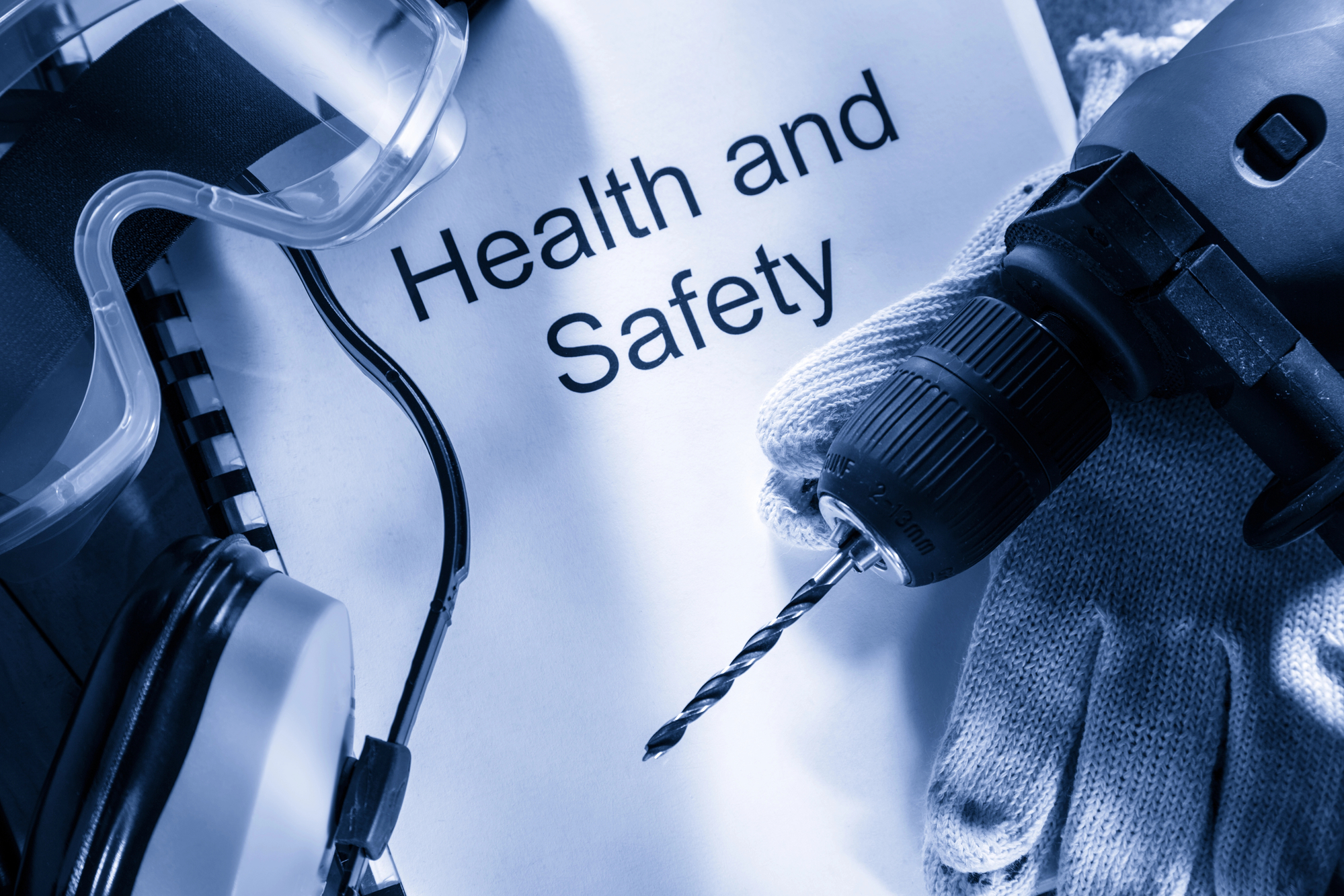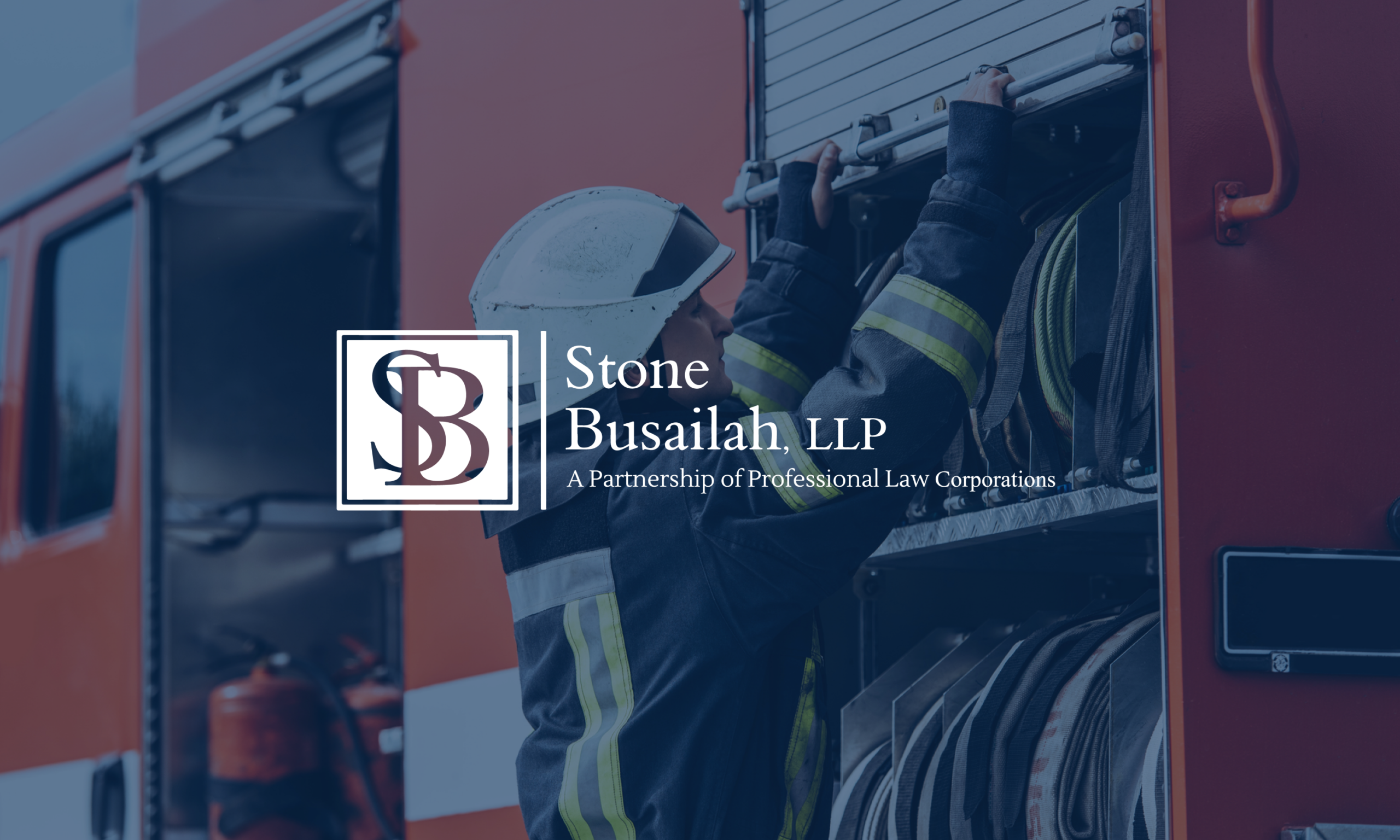What Hazards Do Emergency Medical Technicians Face on the Job?
Working as an emergency medical technician (EMT) is a stressful professional calling. Often, EMTs must work irregular hours, respond to emergency situations in critical incidents, and sometimes make life-or-death decisions far from ideal environments and situations. EMTs and other EMS workers are vital to emergency and disaster response. We rely on them when we need help the most prior to getting hospital emergency care. But their job is not a safe one. There are many hazards that emergency medical service workers must face regularly.
These include:
- Contending with emergency scenarios in dangerous locations and active crime scenes
- Emergency transportation of patients in ground and air vehicles
- Exposure to bodily fluids and substances
- Handling hazardous chemical substances
- Lifting patients and heavy equipment
- Sometimes contending with violent patients
- The potential for motor vehicle accidents
- Treating patients with infectious diseases and illnesses
- And more
What Are Common Workplace Injuries and Illnesses for EMTs?
First responders are your first line of defense for public safety and health. Along with firefighters, police officers, and paramedics, EMTs are vital to safeguarding the well-being of the community. But their jobs take a toll on their bodies and minds, often resulting in injuries and illnesses.
According to statistics, the most common sources for injuries and illnesses related to EMS workers derived from the workers themselves or their patients.
Common injuries and illnesses for EMTs include:
- Assaults
- Car accidents and ambulance accidents
- Electrocution
- Exposure to dangerous substances, toxic fumes, hazardous chemicals, and bodily fluids
- Overexertion
- Post-traumatic stress disorder (PTSD) and other mental health illnesses
- Severe musculoskeletal injuries from repeated patient handling and lifting
- Slips, trips, and falls
- Violence from patients in emergency situations
Body motion injuries and overexertion make up the majority of injuries suffered by EMTs in California, followed closely by exposure to harmful substances.
How is the National Institute for Occupational Safety and Health (NIOSH) Helping Prevent EMT Injuries and Illnesses?
In collaboration with the National Highway Traffic Safety Administration, NIOSH collects data on nonfatal injuries and illnesses among emergency medical service workers to look for trends and ways to prevent future injuries from occurring.
According to NIOSH, there were an estimated 16,900 injuries and illnesses among EMS workers in the United States in 2020.
What Are Useful Tips for Improving Safety for Emergency Medical Services Workers?
Training and experience might be the most vital and informative methods for increasing safety and wellness as an EMT. However, we have compiled a list of a few useful tips for improving workplace safety and health.
Communication
Communicate not just with your patients but with all crew members and interested parties involved in an operation. When you see something that doesn’t seem right, speak up. Poor communication skills can lead to mistakes, which can result in accidents, complaints, and the loss of your job.
Situational Awareness
Maintain situational awareness when working near a roadway or area with frequent traffic. Wear appropriate colors and vests, keep an eye on oncoming vehicles, and try to avoid tunnel vision. Be mindful of your surroundings.
Maintain Your Tools and Vehicle Properly
Your emergency medical vehicle or ambulance is essential to providing the services of your profession. You must maintain it properly. Before each shift, go over a checklist of concerns and ensure that all of your equipment is ready for use. Lack of proper maintenance is the most common cause of battery failures.
Consider Cultural Differences
California is something of a melting pot of cultures. It’s important to remember the differences in our cultures, religions, traditions, and languages. Knowing these differences can change how you approach, assess, and treat a patient.
Wait for Police to Secure Violent Scenes
Remember, you can’t help others if you can’t help yourself. Don’t put yourself in harm’s way in dangerous situations. Let the police secure the scene before you jump in to help.
Lift with Your Knees
One in every four emergency medical service workers suffers a career-ending back injury within the first half-decade of service. Know how to lift safely. Never be afraid to ask for help when lifting a patient or heavy equipment.
Drive Safely
It’s natural for EMTs to spend a lot of their time improving their medical skills, but you must also be cautious drivers and maintain good driving habits. Half of your job as an EMT is spent driving to and from medical facilities in emergency situations. Drive safely.
Know When to Get Out of a Situation
Patients, their relatives, and crowds of onlookers can become difficult and potentially represent dangers to yourself and your crew. If you are stuck in an ambulance with a violent individual and verbal de-escalation is not working, you need to know when to get out of the vehicle and move to safety.
Contact Us to Schedule a Consultation with Our Experienced Attorneys Today
Stone Busailah, LLP is a full-service law firm dedicated to helping public sector employees with complex legal matters. If you are an EMT worker, we have extensive experience representing clients such as yourself in a variety of cases, from family law to personal injury, from workers’ compensation claims to criminal defense strategies. To learn more about our legal services, please get in touch with our Southern California law firm to schedule your in-depth case evaluation today. You may contact us at 626-415-0787.







